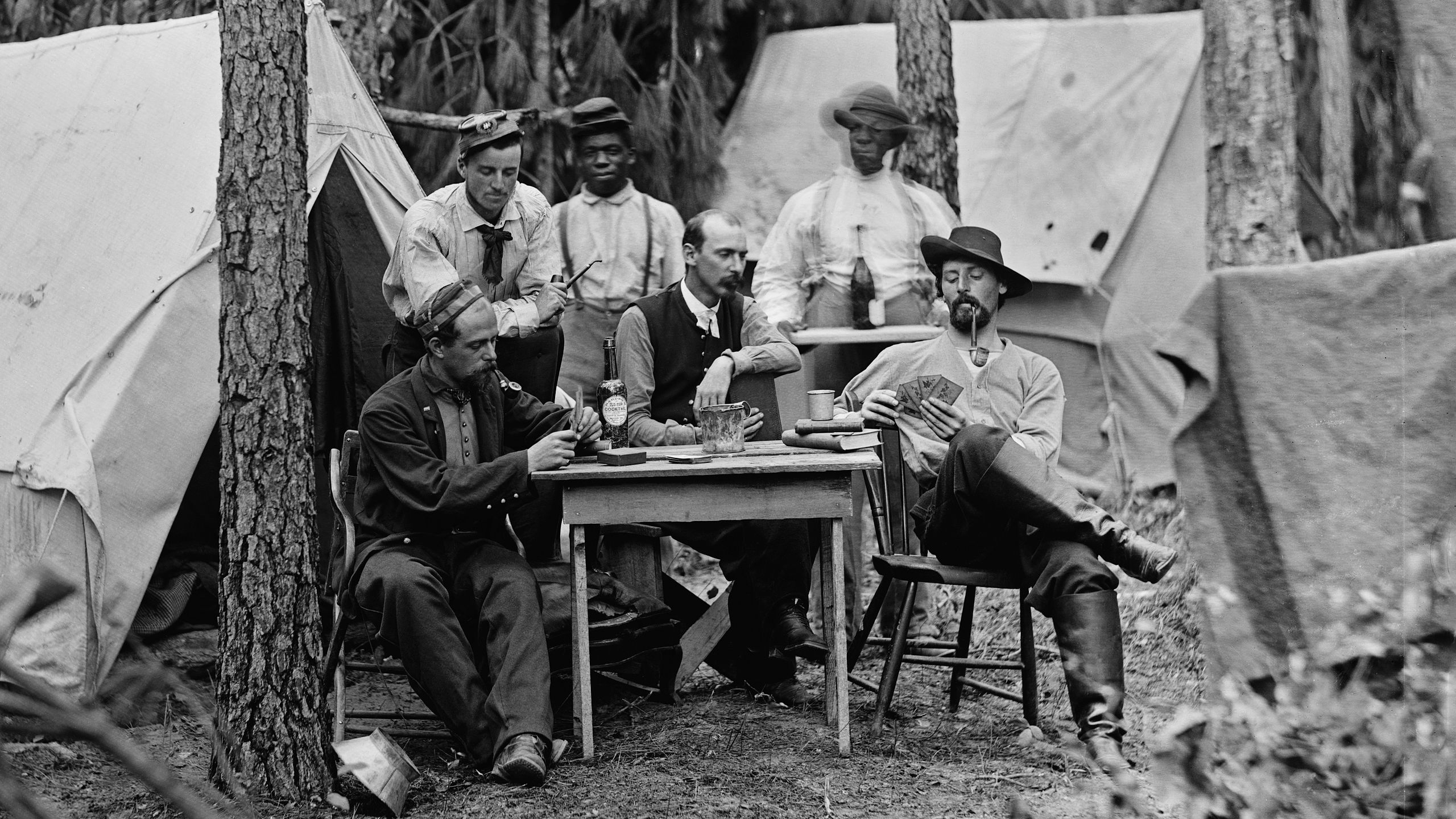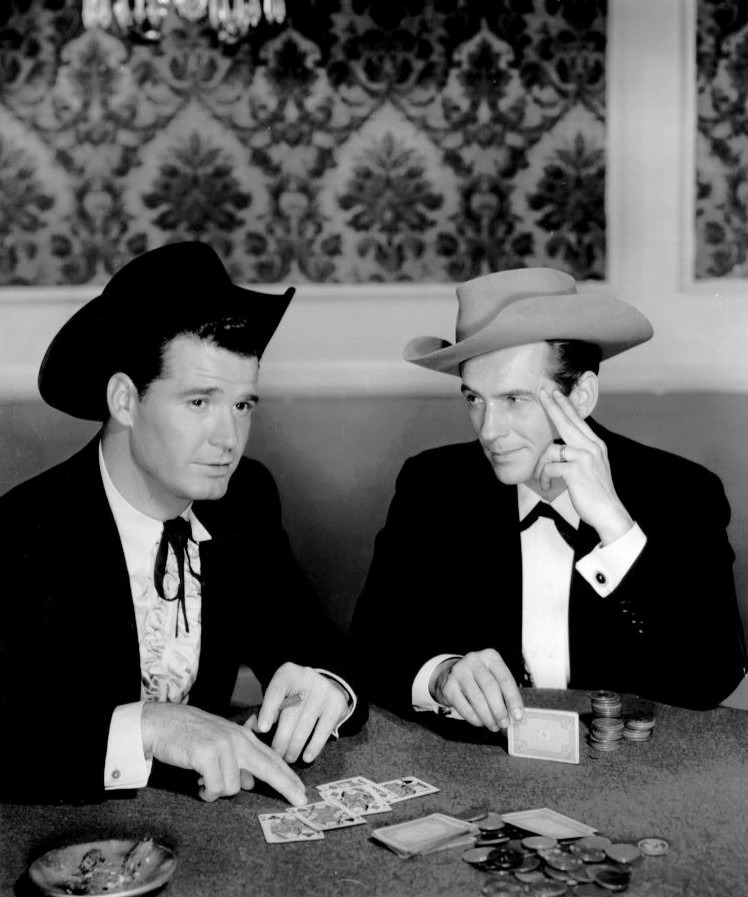Poker, a game that blends skill, strategy, and a bit of luck, has long been a beloved pastime around the world. Its rich history and the intriguing science behind it have captivated players and enthusiasts alike. In this blog post, we’ll explore the origins of poker, its evolution, and the fascinating science that underpins this popular game.
The Origins of Poker
The history of poker is a tapestry of cultural exchanges, evolving gameplay, and technological advancements. From its ancient roots to its current status as a global phenomenon, poker has continuously adapted and thrived. It reflects not only a changing world but also the unchanging allure of skill, luck, and the human penchant for strategic games.
Ancient and Medieval Origins
- Chinese Beginnings: The game’s earliest known form dates back to the 10th century in China, where it was a domino-card game played by the emperor. This suggests the concept of ranked card hands was in play long before poker’s modern incarnation.
- Persian Influence: “As Nas,” a Persian game from the 16th century, is often cited as a direct ancestor. It involved a series of rounds of betting and hand rankings, elements central to modern poker.
European Ancestry
- 16th to 18th Century: The game’s journey to Europe is marked by the emergence of various card games that influenced poker:
- “Primero” in Spain and “La Prime” in France: These games introduced the concepts of bluffing and betting on the strength of one’s hand.
- “Poque” in France and “Pochen” in Germany: Direct precursors to poker, these games involved betting and a hierarchy of hand combinations.

Officers of the 114th Pennsylvania Infantry playing cards in front of tents. Petersburg, Virginia, August 1864
American Evolution
- 19th Century America: Poker’s modern form began taking shape in the United States, particularly in New Orleans and along the Mississippi River. It was a staple of frontier life and a common activity in saloons.
- Civil War Era: Poker’s popularity surged during the American Civil War. Soldiers from both sides played it, leading to the spread of the game across the country and the introduction of new variations, like Stud Poker and Draw Poker.
- Post-Civil War Developments: The inclusion of the flush and straight hands, the full 52-card deck, and the introduction of the “draw” to improve one’s hand were significant milestones in the game’s evolution.
20th Century and Beyond
- World Series of Poker: The first World Series of Poker (WSOP) in 1970 marked a turning point, turning it into a competitive sport. The WSOP continues to be a major event, drawing players worldwide.
- Literature and Film: Books like “The Education of a Poker Player” by Herbert O. Yardley and movies like “The Cincinnati Kid” and “Rounders” played a significant role in popularizing poker.
- Television and the Internet: The late 20th and early 21st centuries saw the game’s explosion in popularity, partly due to televised poker tournaments and the rise of online poker platforms.
The Online Revolution
- Online Poker: The advent of the internet transformed poker, making it accessible globally. Online platforms allowed people to play anytime, anywhere, contributing to a massive increase in the game’s popularity.
- Poker Boom: The early 2000s, often referred to as the “poker boom,” was a period of exponential growth in poker’s popularity, fueled by televised Texas Hold’em tournaments and the success of online poker.
Evolution of the Game
Poker has evolved significantly over the years, with various versions and rules emerging:
Early Versions – Initially, poker was played with just 20 cards and a handful of players. Each player was dealt five cards, and the game focused on betting and bluffing.
52-Card Deck – The introduction of the 52-card deck in the 1830s expanded the game, allowing more players to join and introducing new hand combinations.
Variants of Poker
The Science of Poker
Poker is not just a game of chance; it’s a complex interplay of psychology, mathematics, and decision-making.
Probability and Mathematics
- Hand Probabilities: Understanding the likelihood of getting certain hands is crucial. Players use mathematical strategies to calculate odds and expected values to make informed decisions.
- Game Theory: Advanced players apply game theory concepts, especially in Texas Hold’em, to make decisions based on the predicted behavior of opponents.
Psychology
- Reading Opponents: Poker involves reading other players, interpreting their behavior, and bluffing. This psychological aspect is what sets poker apart from other card games.
- Emotional Control: Successful poker players often have excellent control over their emotions, a skill known as having a “poker face.”
Risk Management
- Bankroll Management: Skilled players manage their funds wisely, understanding the risk-reward ratio and avoiding the pitfalls of gambling addiction.
- Strategic Betting: The art of betting in poker involves not just the hand one holds but also the perception of the opponents’ hands.
The Cultural Impact of Poker
The impact of poker extends far beyond the card table. It has permeated various facets of popular culture, including movies, television shows, literature, and music, often symbolizing intrigue, strategy, and the human psyche’s complexities. Let’s expand on how poker has influenced and been portrayed in different aspects of popular culture.
Movies
Poker has been a central theme or pivotal element in numerous films, often used to build tension, develop characters, or drive plot lines. Some notable movies include:
- “The Cincinnati Kid” (1965): A classic poker film starring Steve McQueen, showcasing the high-stakes world of professional poker players.
- “Rounders” (1998): Starring Matt Damon and Edward Norton, this film played a significant role in popularizing Texas Hold’em and is considered a cult classic among poker enthusiasts.
- “Casino Royale” (2006): A James Bond film where a pivotal poker game at Casino Royale is central to the plot, showcasing the glamour and intensity of high-stakes poker.
- “Molly’s Game” (2017): Based on a true story, this film explores the world of underground high-stakes poker games.
Television Shows
Poker has also been featured prominently in TV shows, both in fictional narratives and as part of reality or game show programming:
- “High Stakes Poker”: A television program that aired on the Game Show Network, showcasing real-life high-stakes cash games.
- “Poker After Dark”: A late-night television show featuring top professional poker players competing in high-stakes games.
- “Friends”: The popular sitcom had a memorable poker episode (“The One with All the Poker”), which brought the game into mainstream conversation.
Literature
Several books have delved into the world of poker, exploring its strategies, psychology, and cultural significance:
- “The Theory of Poker” by David Sklansky: A book considered essential reading for understanding poker strategy.
- “Positively Fifth Street” by James McManus: A book that combines the author’s personal experience in the 2000 World Series of Poker with the murder trial of Ted Binion.
- Poker-themed novels: Many novels use poker as a metaphor for life, strategy, and human interaction.
Music
Poker has been referenced in various songs, highlighting its prominence in popular culture:
- “The Gambler” by Kenny Rogers: A song that uses poker as a metaphor for life’s choices and risks.
- “Poker Face” by Lady Gaga: A hit song that metaphorically uses poker terms to describe a relationship.
Online and Video Games
The rise of online poker has been a significant cultural phenomenon, with websites offering virtual poker games attracting millions of players worldwide. Additionally, video games like “Prominence Poker” and “World Series of Poker” simulate poker experiences, further popularizing the game.
Conclusion
The journey of poker from a simple card game to a complex blend of science and psychology is a testament to its enduring appeal. Whether played professionally or casually, poker continues to fascinate with its unique combination of skill, strategy, and the age-old thrill of the gamble. It’s a game that’s not just about the cards you’re dealt but how you play them, both a metaphor for life and a test of wit and will.
Poker’s influence on popular culture is undeniable. It has been a source of intrigue and fascination in movies, television, literature, and music, often symbolizing more profound themes of strategy, risk-taking, and human psychology. This cultural portrayal has not only increased the game’s popularity but also enriched its perception as a blend of skill, luck, and artistry.


